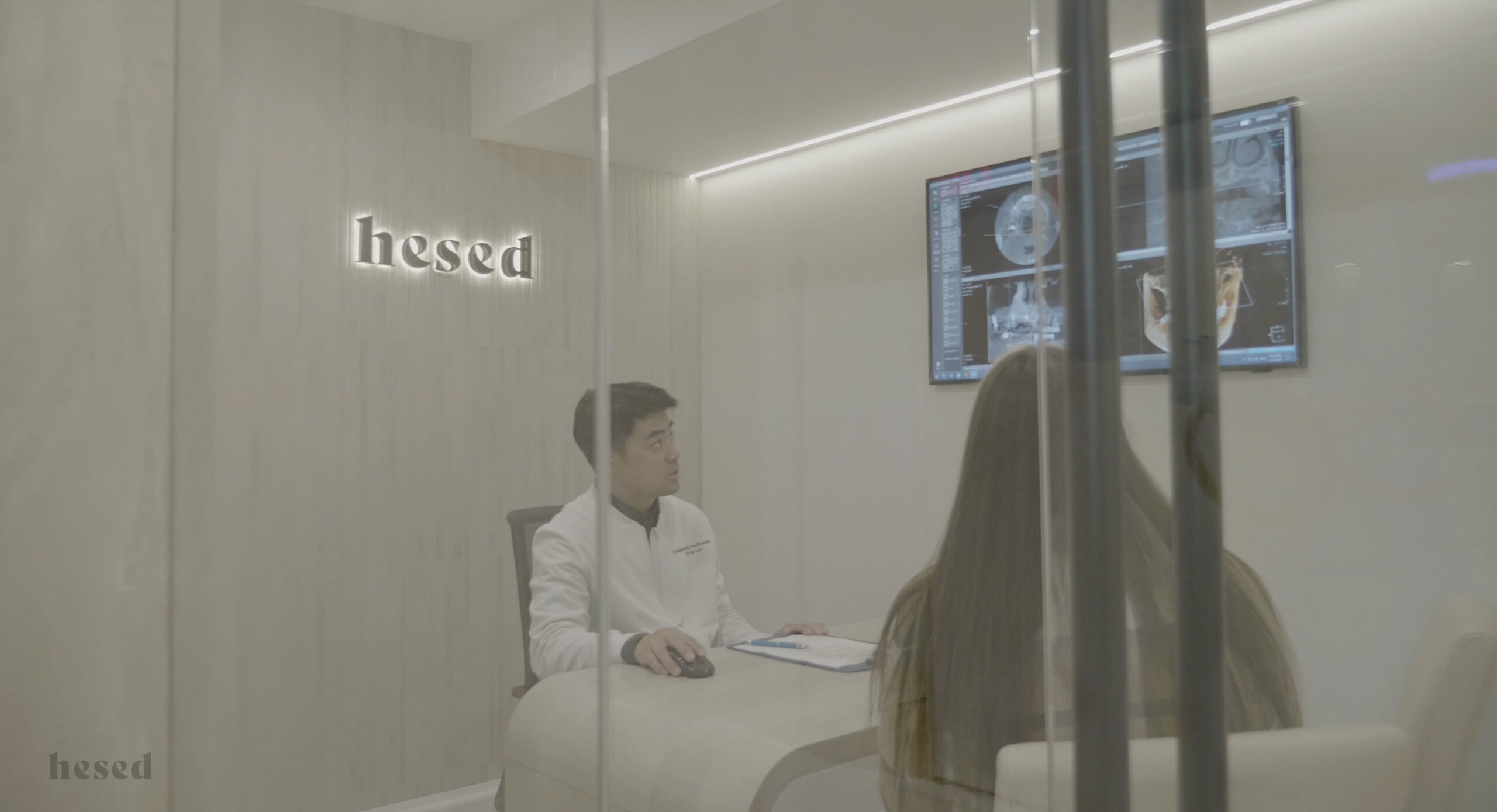Do your bad teeth make you conscious? Don’t worry. You can have bad teeth due to multiple reasons. Bad teeth affect all oral functions, including aesthetics, speech and eating. There are multiple dental options for bad teeth. According to the World Health Organization (WHO), 2 billion people suffer from caries of permanent teeth, and 514 million children suffer from caries of primary teeth.

Bad teeth are any teeth that have lost their natural shape, health, and integrity. Having bad teeth means you might have dental caries, spacing between teeth, discoloration, etc. Bad teeth generally develop due to poor oral hygiene, leading to plaque buildup in between teeth. Plaque is a combination of food debris and bacteria.
Over time, this plaque might convert into hard deposits. It can also lead to the formation of cavities. In this section, we will go through different types of bad teeth and dental options for bad teeth.
Dental caries refers to cavitation and caries in your teeth due to tooth decay. Usually, the carious or cavitated portion of the tooth turns black. In the US, 57% of adolescents between the ages of 12 and 19 years have had a cavity in their permanent teeth, and about 90% of adults over the age of 20 years have had at least one cavity in their permanent teeth.
The sooner the cavity is treated, the better it is. The most likely treatment for such messed up teeth is filling or root canal treatment, depending on the extent of the cavity.
The two options are discussed below:
First, the decayed portion of the tooth is removed and cleaned to do a filling. Afterward, the prepared tooth surface is filled with an appropriate filling material. The filling can be of the following materials:
All these materials have their unique properties. Porcelain inlays and onlays can be used to replace the missing tooth structure.
This dental option for bad teeth is considered when the caries or infections have reached the tooth’s pulp. The pulp is like the heart of the tooth, which keeps it alive. In this treatment, the pulp is removed, and the pulp chamber (where the pulp is present) is cleaned and then filled with appropriate material. Usually, gutta-percha is used to fill the pulp canals, followed by the filling of the tooth in the top half.
In most cases, dentists recommend dental crowns over root canal-treated teeth. This preserves the tooth structure and prevents it from further damage. However, in some cases, an inlay or onlay (partial replacements of lost tooth structure) is sufficient. Dental crowns are also used when the natural crown of the tooth breaks or is damaged beyond repair.
Misshapen teeth refer to cracked, chipped, or crooked teeth. The dental options for bad teeth having these mentioned issues can be dealt with:
Veneers are the ideal solution to boost the patient’s self-esteem. They can be used to correct the smile and misshapen teeth aesthetically. Veneers mask the minor defects like chipped edges, crookedness, and discolored teeth. However, if the tooth is decayed or damaged, e.g., has caries. That issue should be addressed as a priority before giving veneers.
Patients often have teeth with stains (black or brown) or a yellowish hue. The stains can be due to:
One of the ideal dental options for bad teeth having stains and discolorations include scaling and polishing, teeth whitening and veneers. Veneers have been discussed previously; we will go through the remaining two.
Fixing bad teeth with the proper treatment depicts the expertise of any dentist. Scaling and polishing removes plaque and calculus (hardened plaque) from the tooth surface. In addition, it also removes stains from the tooth surface. Moreover, polishing ensures that the tooth’s surface is smooth to avoid future problems with the teeth.
This treatment is preferred for patients with yellowish teeth or who desire a brighter shade of white. In the process, the shades of white are shared with the patient. The color which matches their complexion and the whites of their eyes is ideal. The entire procedure takes 30-60 minutes.
Missing teeth affect the speech, aesthetics and chewing ability of the patient. They should be replaced with the right dental option as soon as possible to prevent bone loss.
Dental implants are the most successful solution for replacing missing teeth. A dental implant is composed of alloplastic materials inserted into the oral tissues. It restores the oral functions of speech, eating, and aesthetics.
The implant itself is composed of a screw (usually made from titanium), an abutment, and a crown. The crown can be made of the following materials:
The entire process of dental implants takes about 3 to 6 months.
Another viable option for missing teeth is a dental bridge. A dental bridge requires support from adjacent teeth. One tooth on the left and the right of the bridge is trimmed so that it can replace the missing tooth. The only drawback of dental bridges is the shaving off of healthy adjacent tooth structures.
Dentures are a removal replacement of missing teeth. A complete denture is required if a person is missing all of their teeth; however, if they are missing only one tooth, a partial denture is made.
Dentures also restore oral functions but are not as patient-friendly as implants. Dentures induce bone loss due to constant pressure on the jaw bone. The hygiene of dentures plays an essential role in their maintenance.
Misaligned teeth can be corrected by:
Invisalign clear aligners are used when the misalignment is slight. There is minor tilt or crookedness. However, conventional braces are generally preferred if the teeth are severely misaligned.

To sum it up, there are multiple dental options for bad teeth. These options vary depending on the dental condition at hand. We have discussed all dental options for bad teeth, from dental implants to clear aligners. If you have any of the issues mentioned above, see a dentist in NJ immediately!
Are you wondering: Can bad teeth be fixed? Then, don’t worry and book your appointment with the dental experts in NJ. We will diagnose your dental condition and prescribe a budget-friendly treatment plan accordingly! Moreover, we offer customized designs for veneers as their fabrication is done in our in-house lab.

Hesed Dental 543 Gorge Road Cliffside Park, NJ 07010
201 941 8877